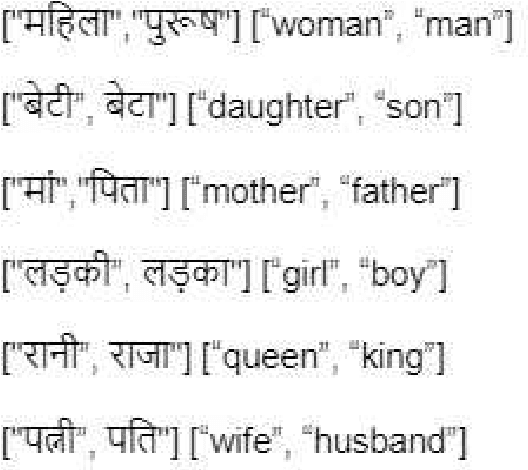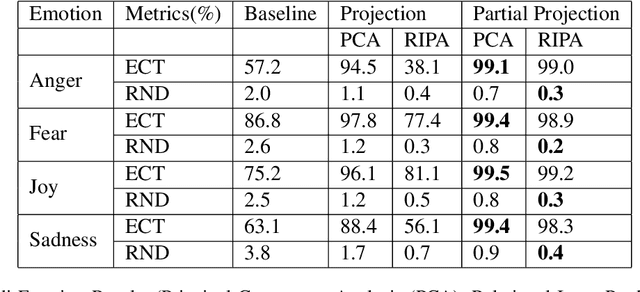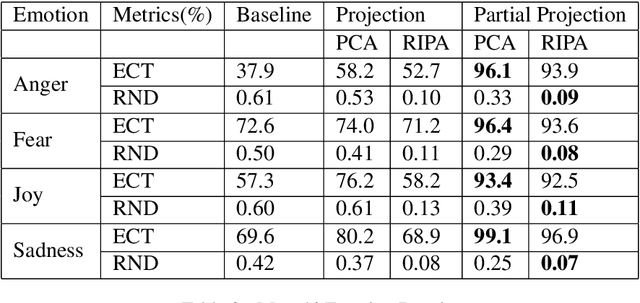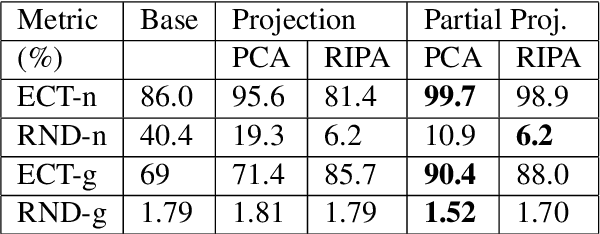Tanvi Anand
Queer In AI: A Case Study in Community-Led Participatory AI
Apr 10, 2023Abstract:We present Queer in AI as a case study for community-led participatory design in AI. We examine how participatory design and intersectional tenets started and shaped this community's programs over the years. We discuss different challenges that emerged in the process, look at ways this organization has fallen short of operationalizing participatory and intersectional principles, and then assess the organization's impact. Queer in AI provides important lessons and insights for practitioners and theorists of participatory methods broadly through its rejection of hierarchy in favor of decentralization, success at building aid and programs by and for the queer community, and effort to change actors and institutions outside of the queer community. Finally, we theorize how communities like Queer in AI contribute to the participatory design in AI more broadly by fostering cultures of participation in AI, welcoming and empowering marginalized participants, critiquing poor or exploitative participatory practices, and bringing participation to institutions outside of individual research projects. Queer in AI's work serves as a case study of grassroots activism and participatory methods within AI, demonstrating the potential of community-led participatory methods and intersectional praxis, while also providing challenges, case studies, and nuanced insights to researchers developing and using participatory methods.
Mitigating Gender Stereotypes in Hindi and Marathi
May 12, 2022



Abstract:As the use of natural language processing increases in our day-to-day life, the need to address gender bias inherent in these systems also amplifies. This is because the inherent bias interferes with the semantic structure of the output of these systems while performing tasks like machine translation. While research is being done in English to quantify and mitigate bias, debiasing methods in Indic Languages are either relatively nascent or absent for some Indic languages altogether. Most Indic languages are gendered, i.e., each noun is assigned a gender according to each language's grammar rules. As a consequence, evaluation differs from what is done in English. This paper evaluates the gender stereotypes in Hindi and Marathi languages. The methodologies will differ from the ones in the English language because there are masculine and feminine counterparts in the case of some words. We create a dataset of neutral and gendered occupation words, emotion words and measure bias with the help of Embedding Coherence Test (ECT) and Relative Norm Distance (RND). We also attempt to mitigate this bias from the embeddings. Experiments show that our proposed debiasing techniques reduce gender bias in these languages.
 Add to Chrome
Add to Chrome Add to Firefox
Add to Firefox Add to Edge
Add to Edge